Another view (401)



Heritage Audio’s Baby RAM is the ultimate passive-monitoring system, delivering the most transparent signal with the best stereo imaging of any other passive designs available!
The Baby RAM is a boutique, passive-circuit monitor controller inspired by classic European console designs. A Baby RAM is the ultimate controller for total transparency — a zero-compromise signal path, paired with a simplified control set ensures your monitors receive the cleanest, purest signal possible without unnecessary complications.
The Baby RAM proudly features a 4 gang, 24 step rotary switch for volume as opposed to cheaper stereo potentiometers, which means the precision of your stereo signal is perfect on every position as well as offering a subtenth of a dB precision on every single attenuation position! Baby RAM also has no insertion loss, meaning that there’s no extra coloration, signal loss or degradation at any settings.
Even though the Baby RAM packs a zero-compromise circuit design, it couldn’t be any easier to use with 2 pairs of stereo inputs and outputs — both balanced and ground free (unbalanced compatible) on gold plated TRS jacks. Mute, Dim, Mono, and Volume monitoring controls make the Baby RAM a breeze to work with. And with it’s passive design, it also means you have no concerns with bad power supplies, as no electrical current is needed!
The Baby RAM is built with the most cutting edge methods in manufacturing and design, without ever compromising audio quality or cutting corners.
Read more
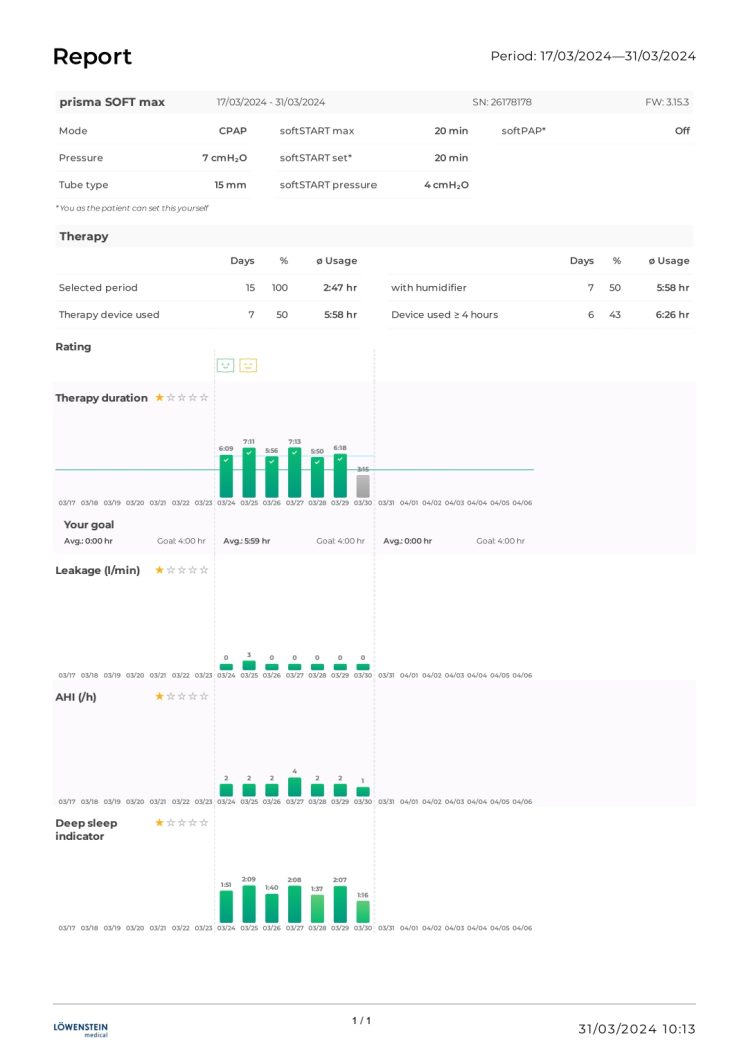

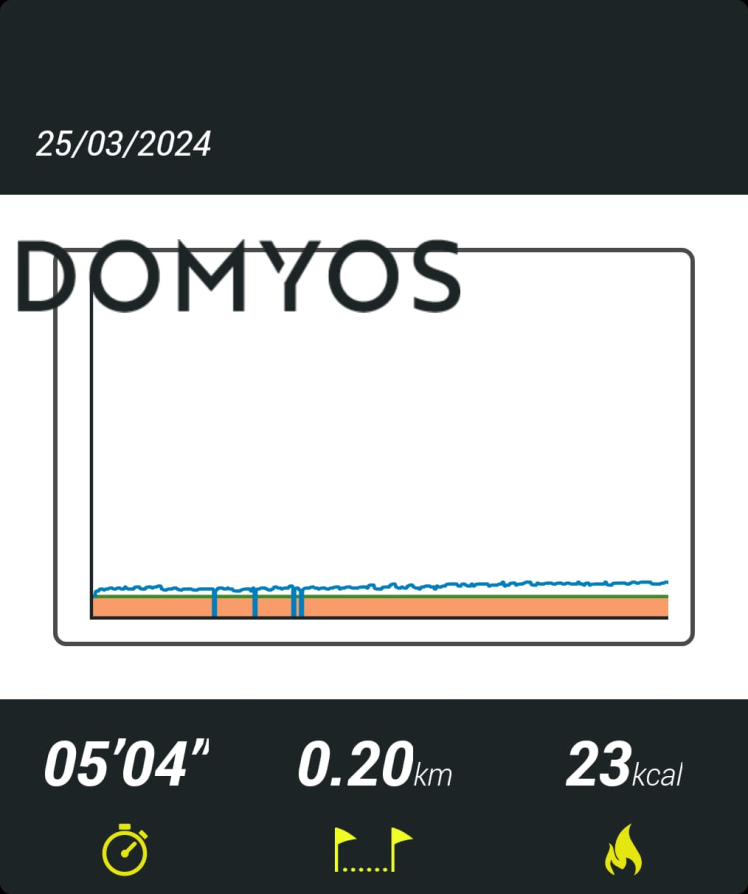





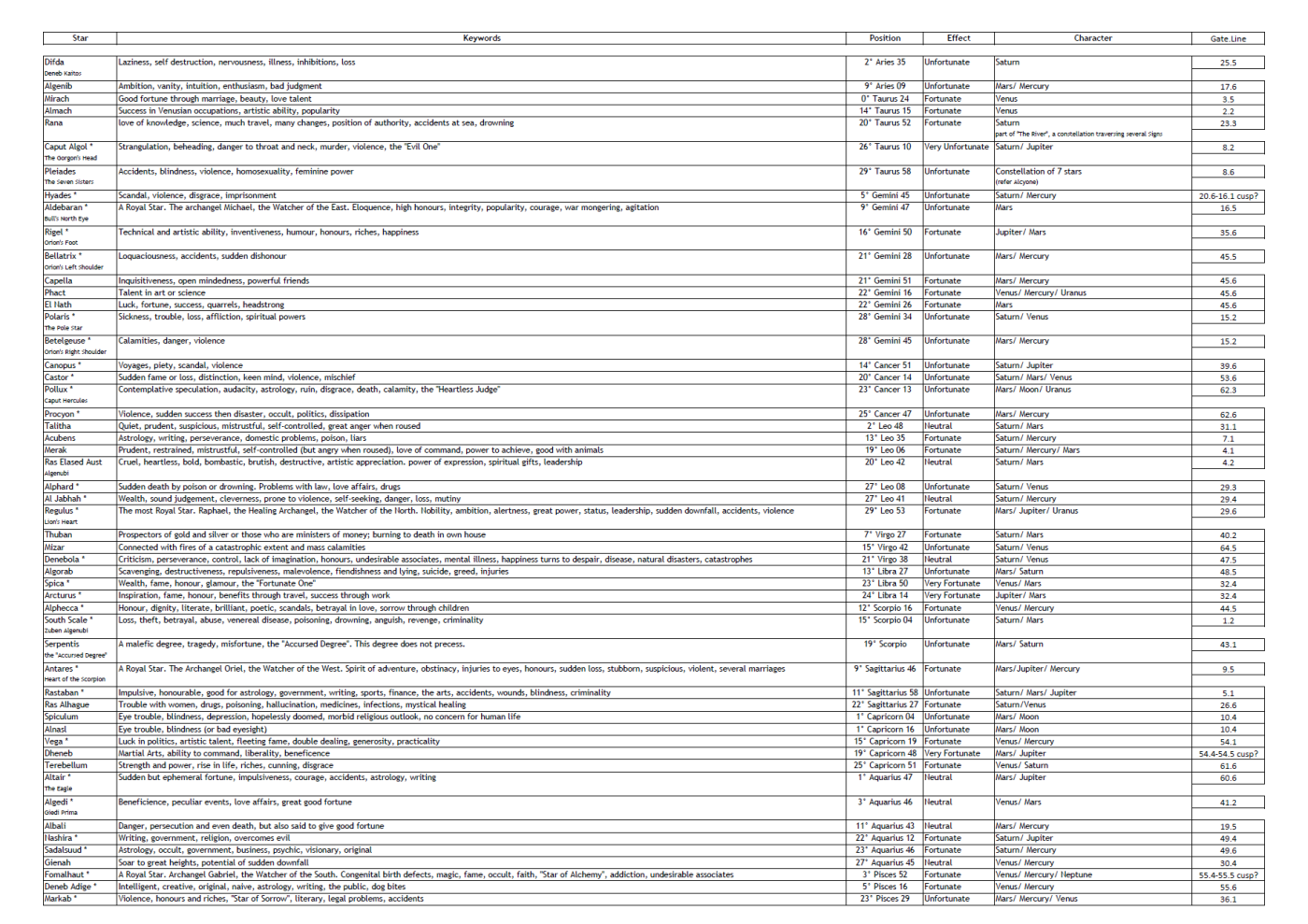


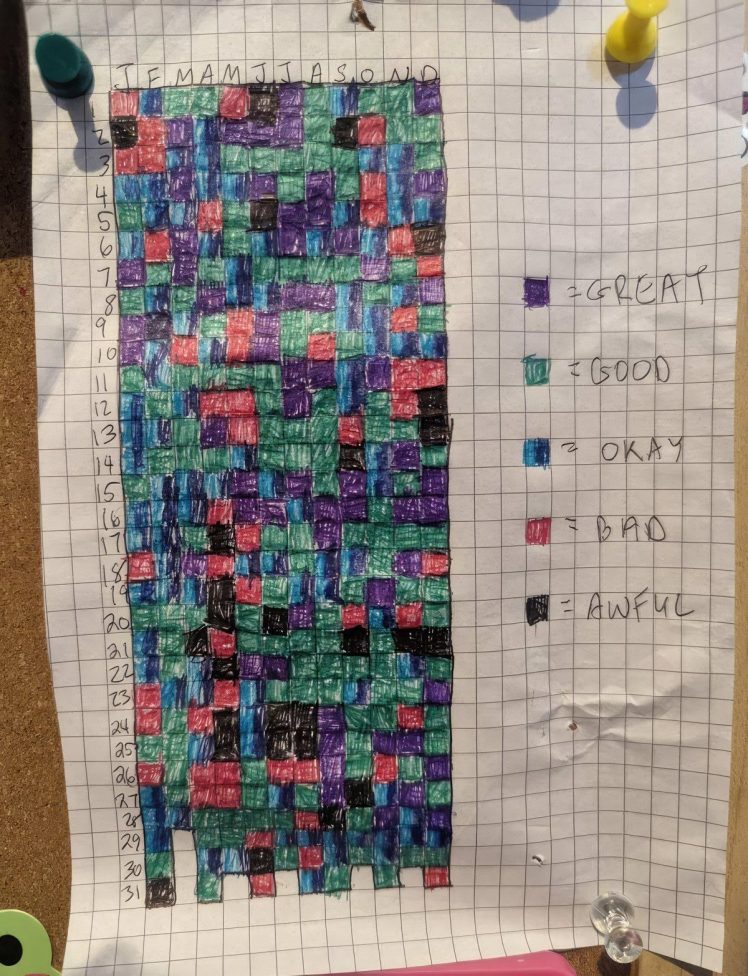





Please do not email me, at all, anymore.
Not now, not in a year, not in 10 years.
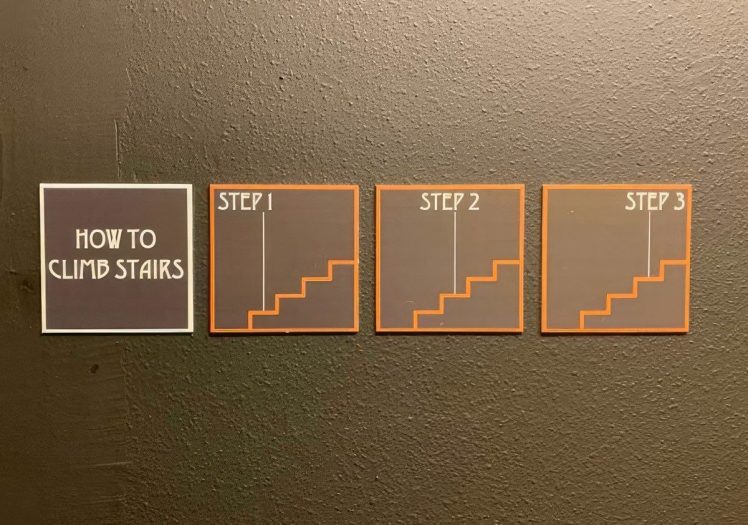
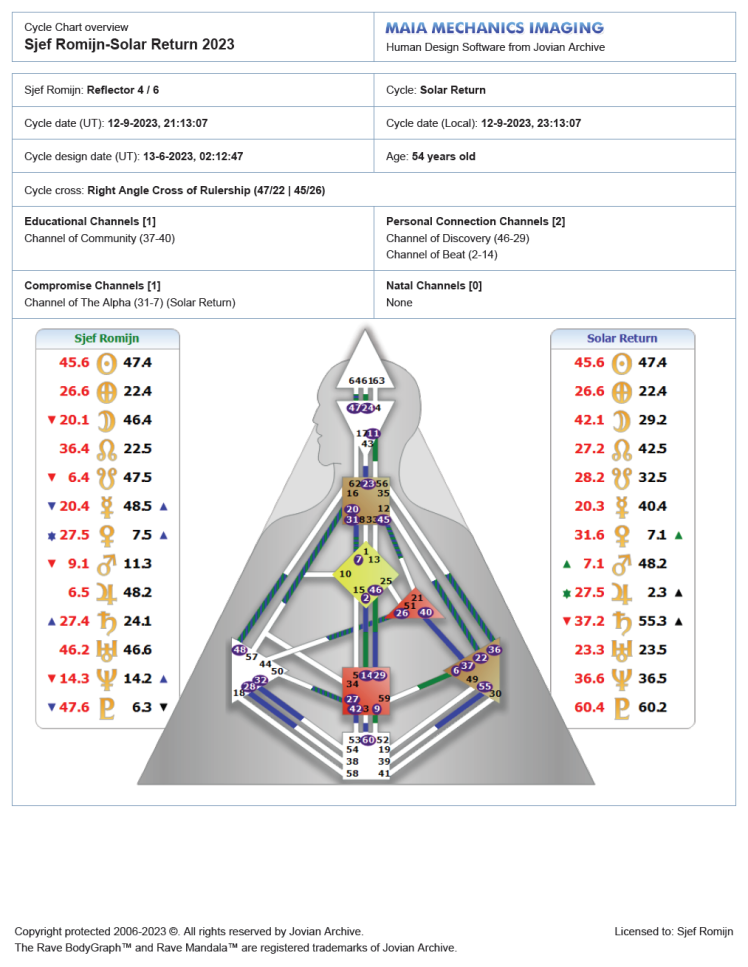



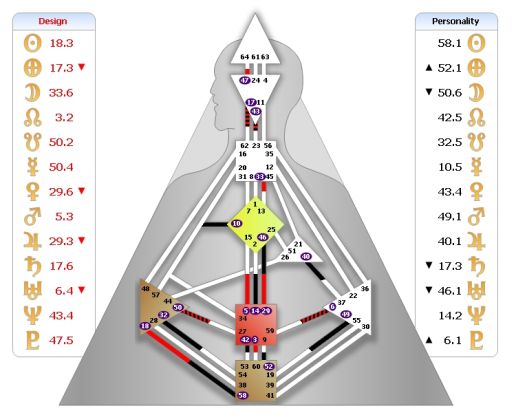




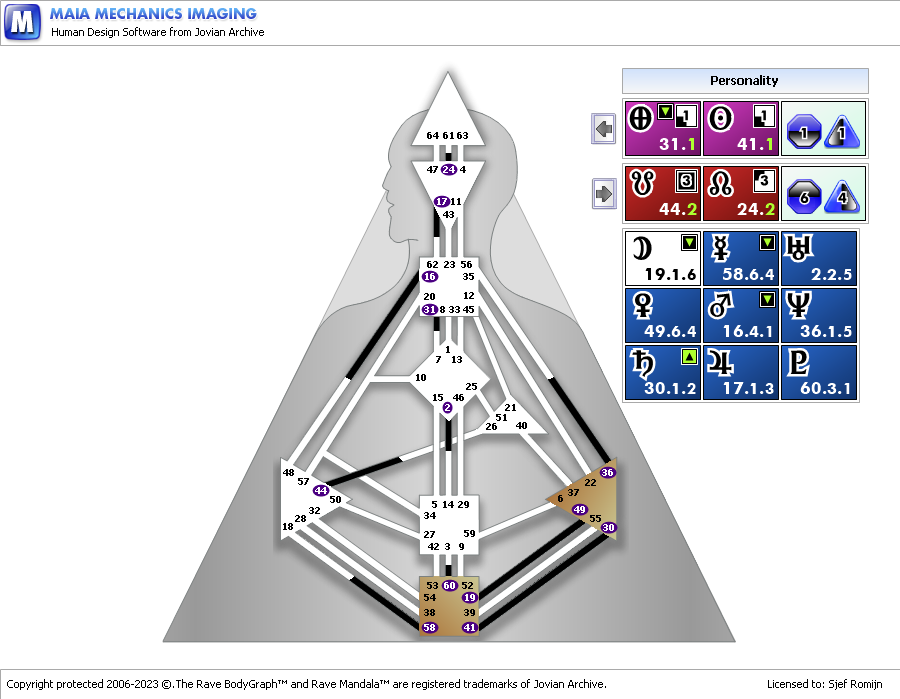



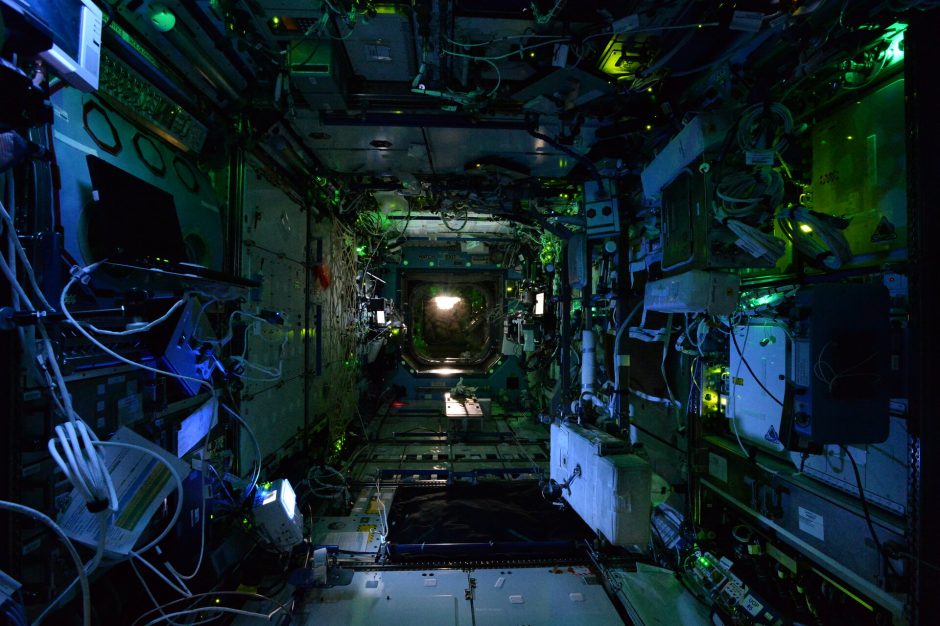


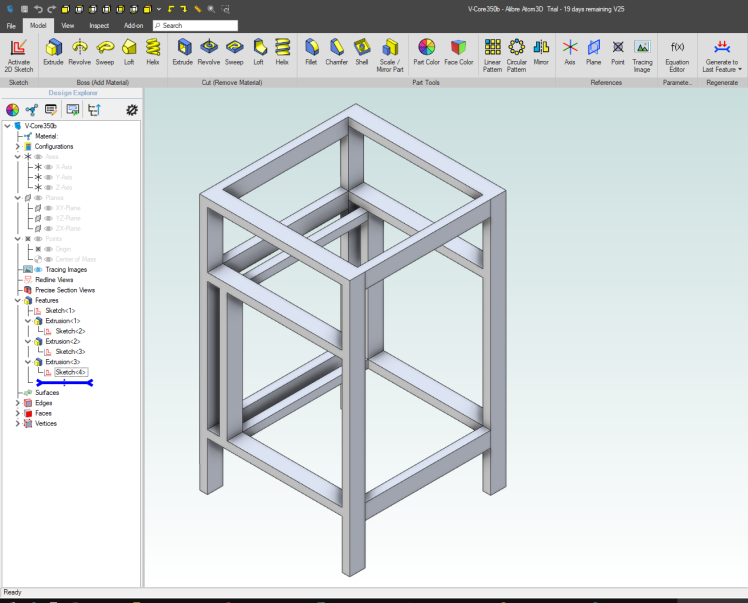



Discover the cosmos! Each day a different image or photograph of our fascinating universe is featured, along with a brief explanation written by a professional astronomer.
2022 May 31
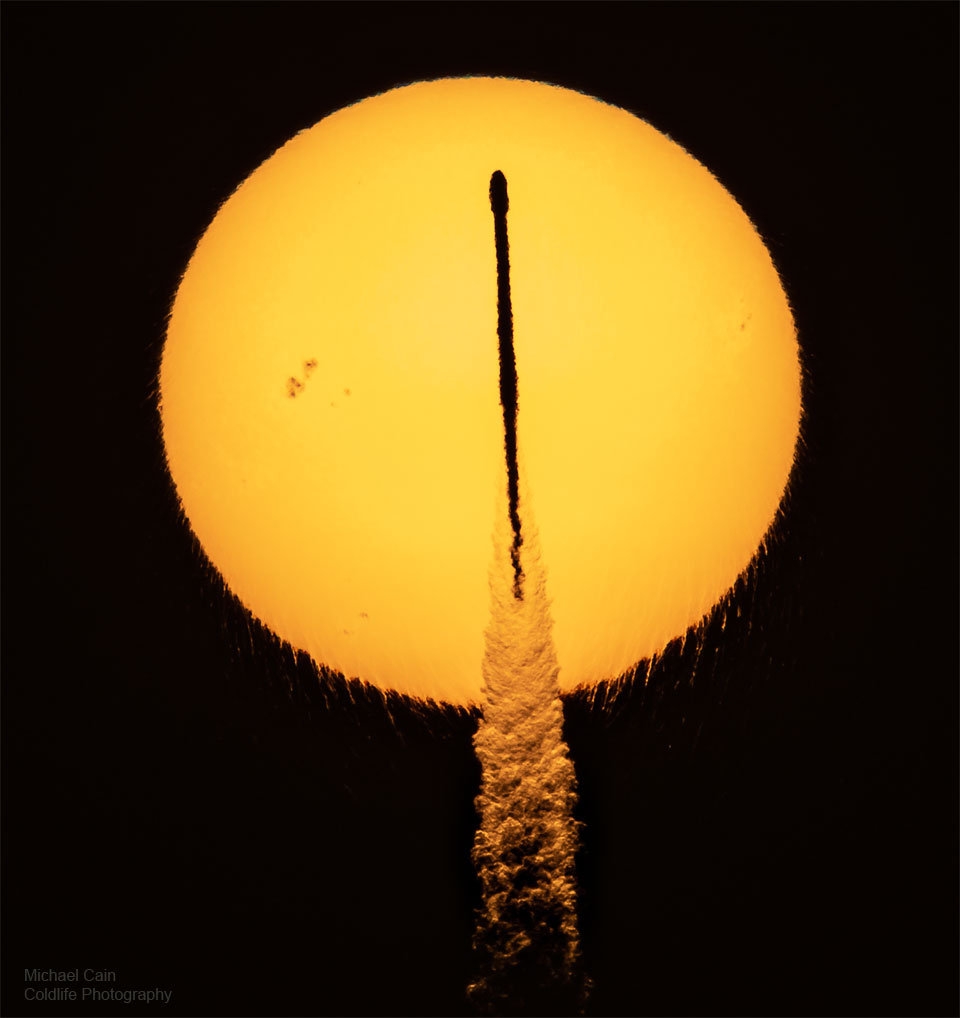
< | Archive | Submissions | Index | Search | Calendar | RSS | Education | About APOD | Discuss | >
Authors & editors: Robert Nemiroff (MTU) & Jerry Bonnell (UMCP)
NASA Official: Phillip Newman Specific rights apply.
NASA Web Privacy Policy and Important Notices
A service of: ASD at NASA / GSFC
& Michigan Tech. U.
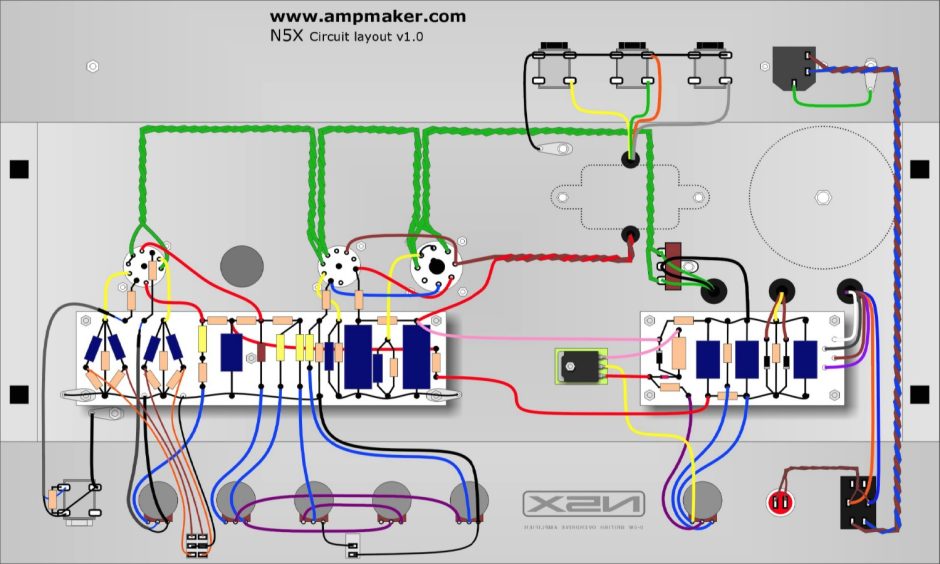
As I’m gearing up to make this N5X British Overdrive amplifier DIY kit
as a buddy for the Marshall DSL5CR with upgraded Celestion G10 Vintage,

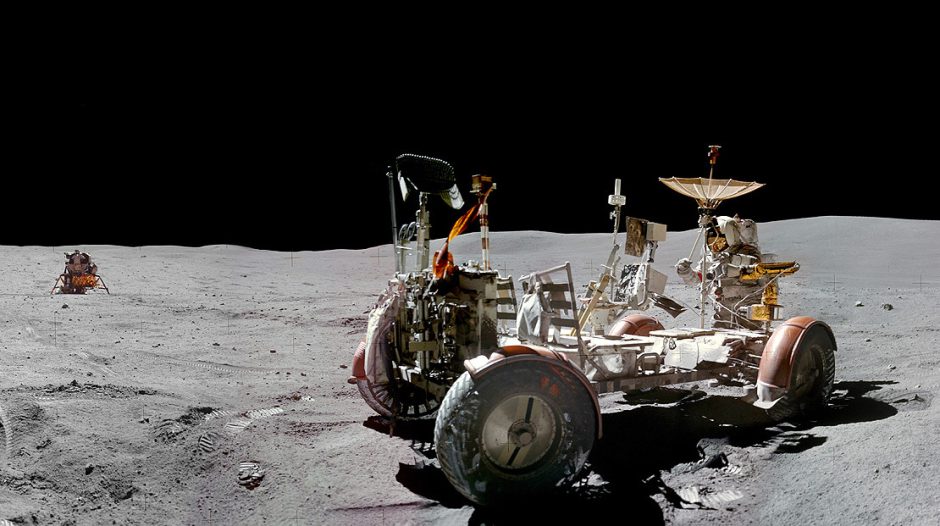
Explanation: Fifty years ago, April 20, 1972, Apollo 16’s lunar module Orion touched down on the Moon’s near side in the south-central Descartes Highlands. While astronaut Ken Mattingly orbited overhead in Casper the friendly command and service module the Orion brought John Young and Charles Duke to the lunar surface. The pair would spend nearly three days on the Moon. Constructed from images (AS16-117-18814 to AS16-117-18820) taken near the end of their third and final surface excursion this panoramic view puts the lunar module in the distance toward the left. Their electric lunar roving vehicle in the foreground, Duke is operating the camera while Young aims the high gain communications antenna skyward, toward planet Earth.




https://pandoramail.com/ & http://www.drivehq.com/web/brana/pandora.htm

